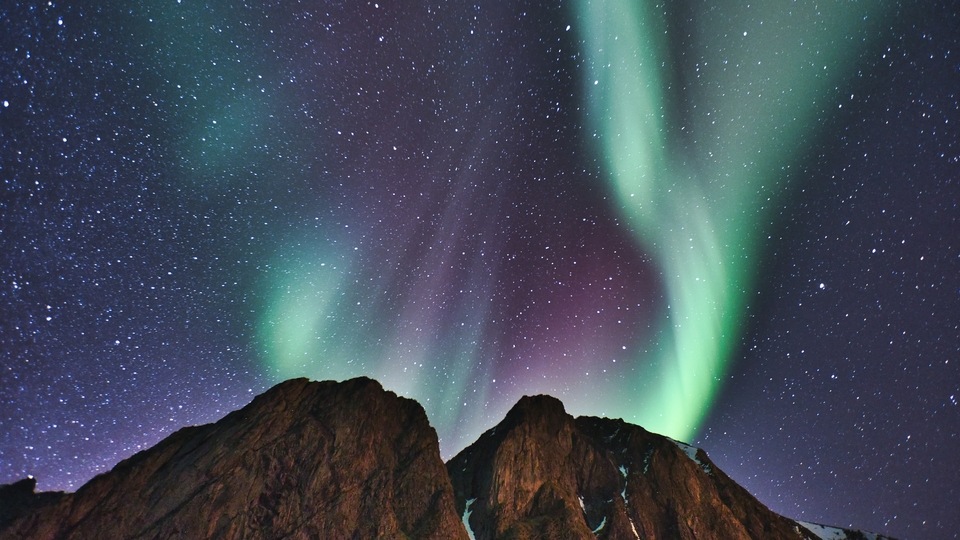Geomagnetic Storm alert! STRONG G3-class storm may hit Earth tomorrow
A stream of CMEs may trigger a strong geomagnetic storm on Earth tomorrow, NOAA forecasters suggested. What impact will it have on Earth? Read on.






 View all Images
View all ImagesEarth-directed explosion on the Sun left the planet in the strike zone! A massive magnetic filament that was slithering across the southern hemisphere of the sun erupted on April 21st, hurling a cluster of particles toward Earth's direction, SpaceWeather.com reported. It also shared a clip from NASA's Solar Dynamics Observatory that shows soon after the eruption on the surface of the Sun, the US Air Force reported strong Type II and Type IV solar radio bursts. These are natural shortwave emissions produced by shock waves preceding the CME as it passes through the Sun's atmosphere.
Solar outbursts shoot coronal mass ejections (CMEs), that ultimately generate geomagnetic storms on Earth. The worrying part is that these CMEs are heading straight for Earth. "The CME should reach Earth during the early hours of April 24th between the hours of 00:00 and 12:00 UT," models from NASA and from NOAA suggested. This can lead to G1- (Minor) to G2-class (Moderate) geomagnetic storms, NOAA forecasters suggested. Not just that, NOAA says it may even turn into a G3-class Geomagnetic storm.
The same has been confirmed via Space weather expert Dr. Tamitha Skov, who tweeted, "Direct Hit: NOAA predictions show the coming #solarstorm will hit Earth early April 24. Easily a G2-level storm at mid-latitudes, aurora chances are high. The storm must still have the right magnetic orientation for sustained shows. Expect HF radio & GPS issues on the nightside."
Impact of Geomagnetic Storm on Earth
Geomagnetic storms can cause temporary disturbances in the planet's magnetic field, releasing a surge of highly energetic magnetic energy. This energy can ionize oxygen in the upper atmosphere, producing the characteristic blue-green hues of auroras. The SpaceWeather.com report also mentioned, "During such storms, auroras have been sighted in the USA as far south as, e.g., Illinois and Oregon."
Moreover, these storms have the potential to cause significant disruptions in GPS, radio communications, mobile phone connectivity, and satellite operations. Additionally, they can generate hazardous geomagnetic-induced currents in power grids, which may lead to power supply disturbances.
Catch all the Latest Tech News, Mobile News, Laptop News, Gaming news, Wearables News , How To News, also keep up with us on Whatsapp channel,Twitter, Facebook, Google News, and Instagram. For our latest videos, subscribe to our YouTube channel.
































